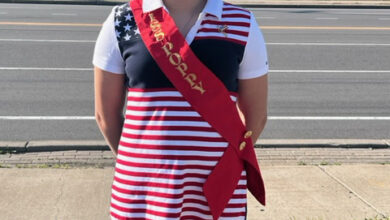Crop growers beware: Armyworms on the march in New York
Crop growers are warned of the presence of armyworms in several parts of New York state. Reports from farmers and the New York State Integrated Pest Management (IPM) Program have verified that true armyworms have severely impacted parts of New York State, especially in western New York counties. Additional reports have established the presence of armyworms in northern New York, the Finger Lakes and eastern New York.
New York’s last significant infestation was in 2008 and prior to that 2001. By some accounts, this year’s infestation is surpassing those experiences. They moth overwinter in the south and in some years, flies up to New York laying eggs that hatch into worm-like caterpillars. It is a migratory pest and the unusual spring weather may be responsible, at least in part, for this infestation, according to the New York State Agriculture Commissioner Darrel Aubertine.
Homeowners and farmers are encouraged to watch grass and corn fields for signs of infestation. Close monitoring is important if this pest is found. According to New York State IPM Livestock & Field Crops IPM Coordinator, Keith Waldron, a second generation can be expected and may result in further damage in July.
Armyworms got their name because they can move in a mass, marching in lines from one destroyed field to their next feeding ground. They have been found in New York in small grains, corn, mixed stands of alfalfa, turf grass, grass and hayfields, but have been known to also infest various vegetables, fruits, legumes, and weeds, including beans, cabbage, cucumbers, lettuce, onions and peas.
In their early stages, armyworm larvae appear smooth, cylindrical in shape and are pale green to brownish. Mature larvae are smooth and marked with two orange, white-bordered strips on each side. True armyworm ranges in size from 1/8 inch to 1.5 inches long and overwinter as partly grown larvae. Preferring to feed at night, armyworms devour succulent foliage. By feeding on leaves and occasionally stems, they can severely damage seedling stands.
For information on how to detect or combat armyworms, contact Cornell Cooperative Extension (www.cce.cornell.edu).




